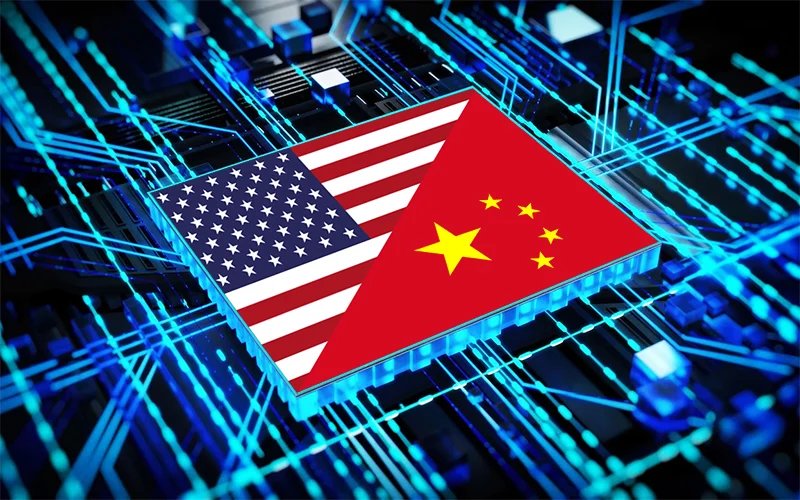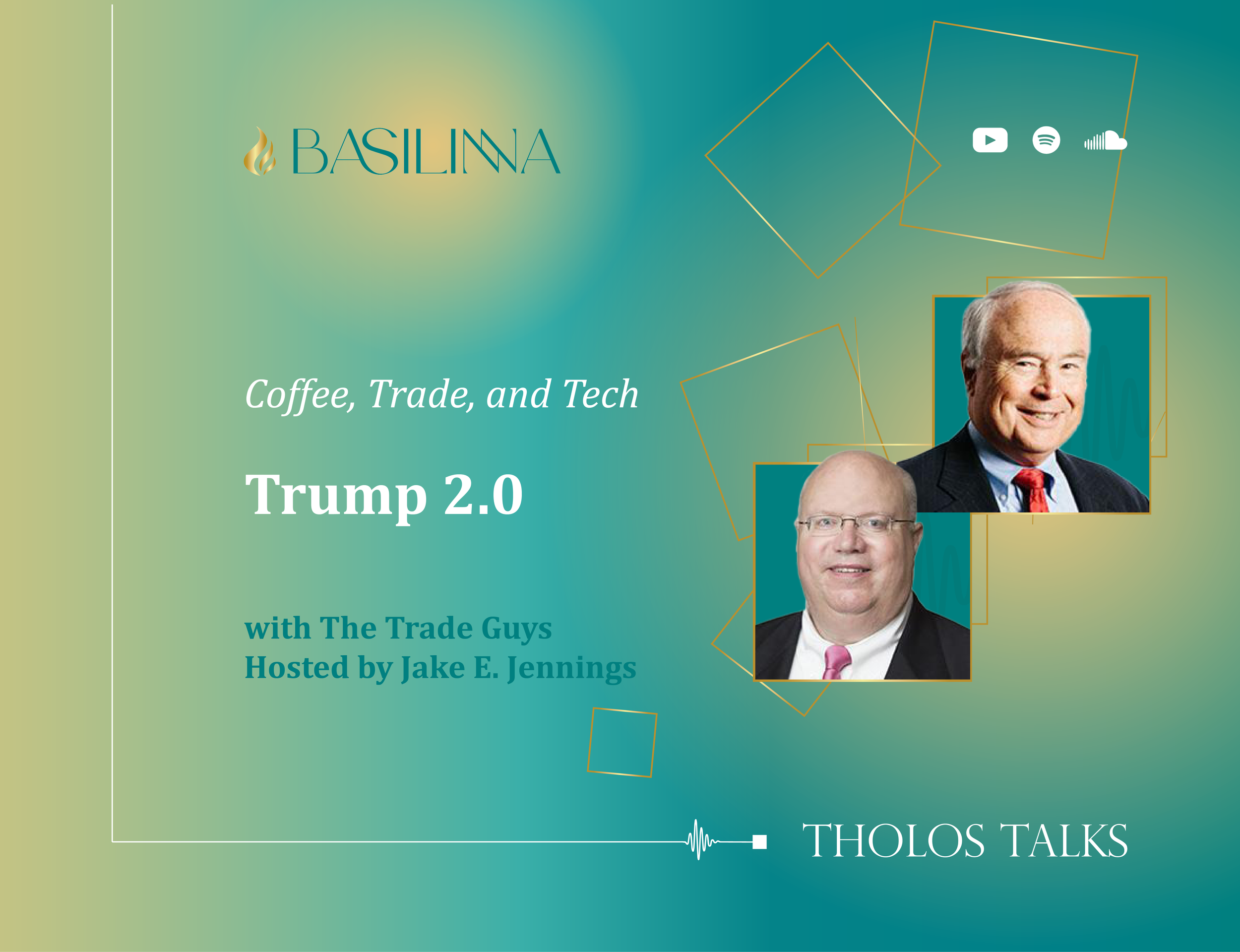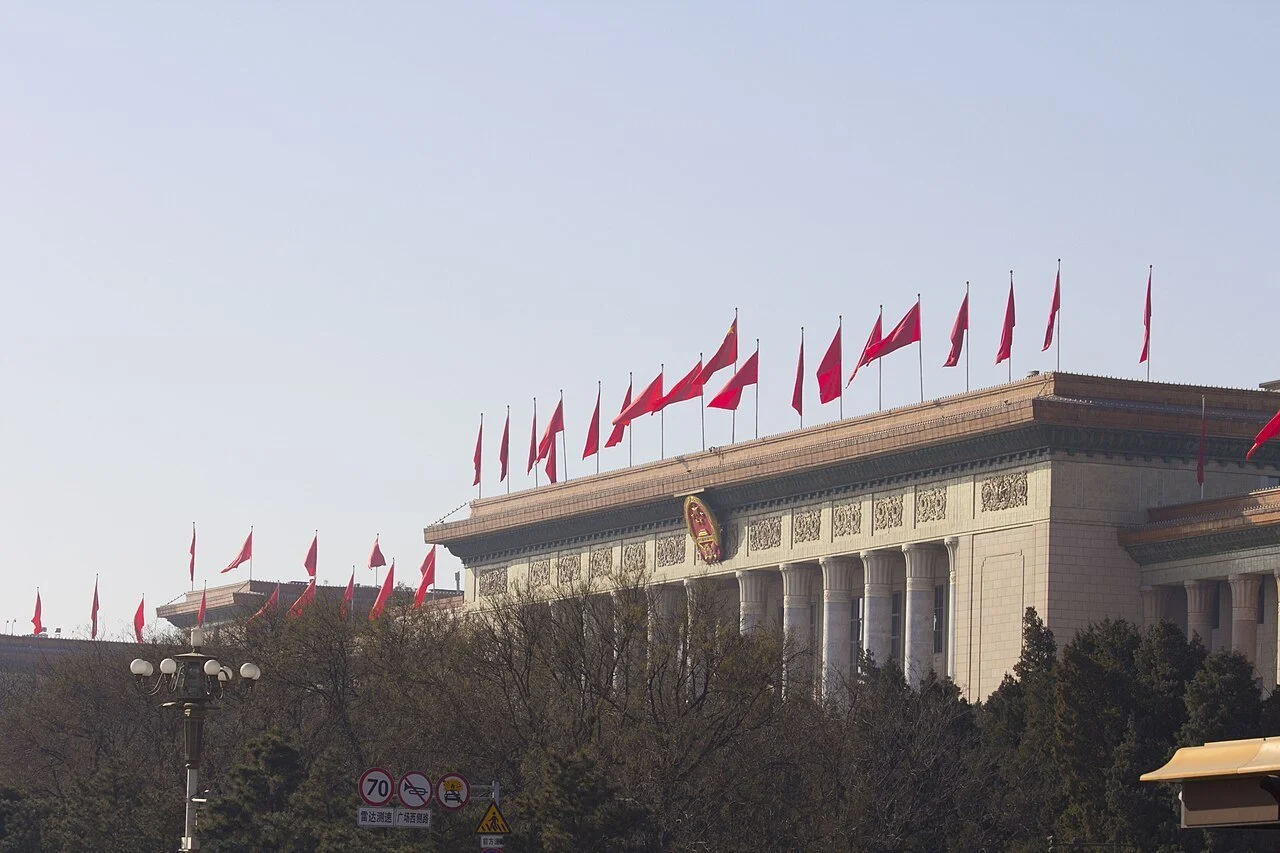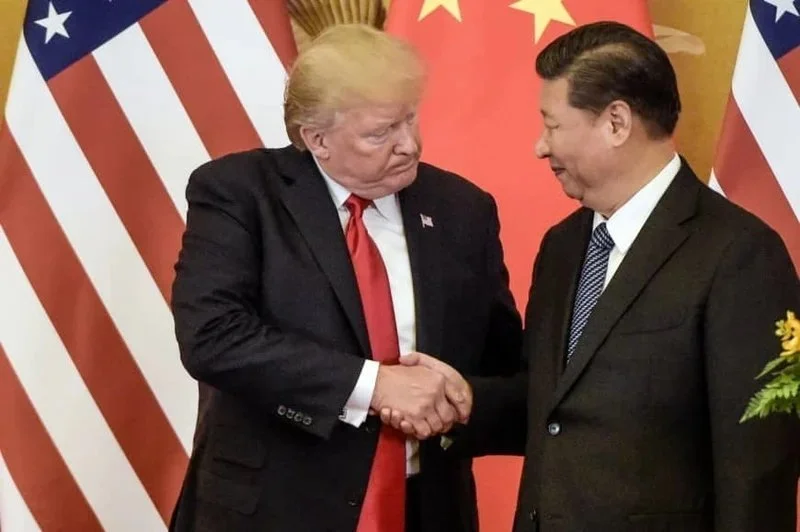Our Insights
Featured Insights Selected by Our Experts
Explore all of our Insights, Interviews, Commentary, and More
Media Type

Driving Digital Transformation: Saudi Arabia's Giant LEAP
Saudi Arabia’s Vision 2030 is a comprehensive strategy to diversify its economy and solidify its position as a global technology and innovation hub. A cornerstone of this vision is the development of a world-class digital infrastructure to support both public and private sector transformation. Key investments are being made in AI, cloud computing, smart cities, and cybersecurity.

Talking Points | Foundations for the Future: Saudi Arabia’s Infrastructure Leap
Saudi Arabia is accelerating its infrastructure transformation with an ambitious vision for the future. In 2024, the Kingdom allocated $17.3 billion to infrastructure development, with spending projected to rise to $21.3 billion by 2025. Central to this transformation are monumental projects that aim to redefine urban development, transportation, and sustainability.

Protecting Heritage through Partnership: Why U.S. Antiquities CPAs are Essential for At-Risk Nations
In a world where cultural artifacts can be plundered from archaeological sites, whisked away across borders, and then laundered onto the black market within just days or even hours, nations need robust, collaborative strategies to fight back. The United States has taken a step toward addressing this problem by signing cultural property agreements (CPAs) with countries threatened by the illicit antiquities trade.

Syria’s New Cabinet: A Free-Market Vision Amid Uncertainty
Syria’s interim government, formed after the collapse of the Assad regime, has announced plans to transition to a free-market economy. Led by Prime Minister Mohammed al-Bashir and backed by Hayat Tahrir al-Sham (HTS), the administration is dismantling decades of state-controlled trade practices.

The Overnight Collapse of the Assad Regime: A New Era for Syria and the Middle East
The unexpected and rapid collapse of Bashar al-Assad’s regime has reshaped the Middle East overnight. Rebels, led by Hayat Tahrir al-Sham (HTS), advanced from their stronghold in Idlib, capturing Aleppo, Hama, and Homs before isolating Damascus. Within 12 days, Syria’s capital fell, signaling the end of over five decades of Assad family rule. Bashar al-Assad, who had been in power since 2000, reportedly fled Damascus early Sunday, leaving a power vacuum that is both historic and precarious.

From Free Trade Beneficiary to Leader: China Extends Zero Tariffs to the World’s Poorest Nations
At the G20 meetings in Brazil, Chinese President Xi Jinping emphasized that China stands with the least-developed countries (LDCs) and announced it would grant zero-tariff treatment to 100% of tariff lines for all LDCs with diplomatic ties to China, effective December 1, 2024. China is trying to position itself as a leader of free trade globally, in contrast to the United States and the incoming Trump administration’s proposal to significantly raise tariffs on most imports to the U.S., including up to 60% on all Chinese goods.

From Beijing to the Bosphorus: New Opportunities in China - Türkiye Trade
Türkiye-China economic relations continue to strengthen as Turkish Treasury and Finance Minister Mehmet Simsek wrapped up a visit to Beijing on November 8. There he had a series of high-level meetings with China’s government and financial leadership, including Vice President Han Zheng, Vice Premier Zhang Guoqing, and leaders from ICBC, Bank of China, and Asian Infrastructure Investment Bank (AIIB).

China’s New Debt Package: Fiscal Caution Over Bold Relief
On November 8, China's National People's Congress Standing Committee (NPCSC) approved a proposal to refinance local government debt aimed at addressing the significant “hidden debt” incurred by provincial governments burdened by large unfunded mandates.

The New Trump Administration: Perspective from China
With President-elect Donald Trump returning to the White House, China faces a familiar yet unpredictable challenge. During his first term, Trump’s hardline stance reshaped U.S.-China relations, pivoting to a more confrontational approach centered on trade imbalances, tariffs, and restrictions on technology.

Trump 2.0 on China: Recalibration
As President-elect Trump reenters office, China will be one of his foreign policy centerpieces. And no one should doubt his intentions. While often candidates’ tough rhetoric is softened upon taking office, in his first term, Trump managed to change both the narrative and the policy toward China away from engagement and integrating them into the global community to a limited containment approach.












